Altitude / Elevation of Barafu Camp: 4645 Meters Above Mean Sea Level (m.a.m.s.l.).
Nestled near the summit of Uhuru Peak, Barafu Camp, also recognized as Barafu Hut, stands as the nearest campsite and lodging hub. The term “Barafu” translates to Ice in Swahili, reflecting the chilly ambiance of this high-altitude site. Positioned strategically on the southeastern side at the base of Kibo, Barafu Camp serves as a crucial overnight stopover just before the final ascent to the summit of Mount Kilimanjaro. As trekkers approach the pinnacle, Barafu Camp becomes a significant waypoint, complementing other camps like Kibo Huts, Arrow Glacier Camp, and School Huts which are strategically situated near Kibo Summit. This campsite not only offers a resting haven but also marks a pivotal stage in the exhilarating journey to conquer Kilimanjaro’s majestic peak.
Similar to its counterparts near the summit of Mount Kilimanjaro, this particular campsite shares a minimalist infrastructure, consisting mainly of a ranger’s hut and a handful of dry toilets in the form of pit latrines. Positioned right at the edge of the ridge, the camp embraces a simplistic design. The absence of elaborate structures aligns with the rugged and pristine nature of the surroundings. Trekkers at this campsite are greeted with a raw and immersive experience, connecting with the untamed beauty of Kilimanjaro’s high-altitude environment. The emphasis here lies not on lavish facilities but on the awe-inspiring natural panorama that unfolds at the doorstep of this rugged outpost.
Utilizing this campsite for accommodation necessitates all visitors to carry their tents, adhering to a fundamental requirement. During peak periods with a substantial influx of individuals, securing an optimal spot for tent pitching becomes notably challenging due to the presence of numerous large rocks and on-site toilets. This campsite’s topography poses genuine difficulties in finding suitable locations for setting up tents, contributing to a less-than-ideal camping experience. Navigating through the expanse of rocks and strategically choosing a tent location demands careful consideration to ensure a comfortable stay. In essence, the campsite’s layout, characterized by extensive rocks and facilities, presents a less favorable camping environment that requires strategic planning for an enjoyable sojourn.
What’s the temperature like at Barafu Camp, and could you suggest the most suitable sleeping bag for the conditions?
Depending on the specific time of the year and month, the temperatures at Barafu Camp exhibit a considerable range, fluctuating from approximately 4 degrees Celsius to as low as -20 degrees Celsius near the summit. Prioritizing warmth during sleep is paramount in such extreme conditions, and it is unquestionably preferable to err on the side of caution by opting for a sleeping bag with a minimum rating of -10 degrees Celsius (14 Fahrenheit). In terms of material, the choice between a down sleeping bag, which we highly recommend over synthetic alternatives, and a synthetic one is a consideration. While the material selection is significant, it is worth noting that it might not be the foremost priority, especially if the sleeping bag is intended for a one-time use.
Location of Barafu Campsite
Perched strategically atop a prominent ridge, Barafu Hut commands a vantage point that facilitates the easy identification of approaching hikers. Positioned at the southeastern base of the Kibo volcanic cone, the Barafu Huts campsite offers a unique setting. Despite the notable presence of substantial ice formations near Barafu Hut Campsite, a peculiar paradox emerges in the form of a pronounced scarcity of available water at the site. This intriguing contrast raises eyebrows, creating a notable peculiarity in the campsite’s dynamics. The incongruity of abundant ice juxtaposed with a significant shortage of water adds an element of curiosity to the overall experience of Barafu Hut Camp.
The scarcity of water at Barafu Hut Camp becomes more apparent as the limited available water is primarily designated for essential purposes such as cooking and drinking, often requiring porters to carry additional supplies. The elevated terrain, characteristic of the alpine desert region of Mount Kilimanjaro, contributes to the absence of the vibrant flora and fauna typically associated with lower elevations. Consequently, visitors to this camp should not anticipate encountering charming wildlife or the colorful blooms of flowers, as the unique environmental conditions create a stark contrast to the lush ecosystems found at lower altitudes. The arid landscape of Barafu Hut Camp, shaped by its high elevation, paints a distinctive picture, highlighting the adaptability of life forms to the challenging conditions of the alpine environment.
Perched atop a ridge, Barafu Hut Camp contends with relentless high winds and sub-zero temperatures on Mount Kilimanjaro, where humidity levels plummet to exceptionally low points. The camp’s exposed location subjects it to the harsh elements, creating an environment characterized by biting cold and challenging conditions, making it less than an optimal choice for those seeking comfort. The prevailing weather conditions contribute to the overall ruggedness of Barafu Hut Camp, emphasizing the importance of adequate preparation and suitable gear for visitors navigating the unforgiving terrain of this high-altitude setting.
Barafu Hut Campsite is characterized by a rugged terrain featuring rocky ground and volcanic soils interspersed with scree. Caution is advised as you navigate the site, mindful of potential tripping hazards posed by scattered rocks. Ensuring careful footing becomes crucial to avoid any unintended injuries on this uneven ground. The combination of rocks and scree underscores the necessity of maintaining vigilance while traversing Barafu Hut Campsite, prioritizing both safety and a smooth hiking experience.
How high is the Barafu Hut Camp?
Situated at an elevation of 4,673m (15,330 ft) on Mount Kilimanjaro, the Barafu Hut Camp, commonly known as Barafu Camp, presents a challenging environment. Characterized by dusty, gravel-filled terrain and chilling temperatures, it may not be the most comfortable setting. However, it serves as a crucial last campsite for many routes before the final ascent to the summit of Mount Kilimanjaro. The ascent is typically undertaken around midnight or shortly thereafter, aiming to reach the summit by sunrise.
Distance from Barafu Camp to Uhuru Peak
Ascending to the summit of Uhuru Peak (19,341ft or 5,895m) from Barafu Camp is a rigorous journey that typically spans approximately 6-7 hours. Undertaking the ascent around midnight or shortly thereafter, you’ll find yourself at the pinnacle of Kilimanjaro in the early morning, precisely in time to witness a breathtaking sunrise. Believe me, the effort is truly worthwhile!
Additional Information
ROUTES Marangu, Rongai, Umbwe, Shira, Machame, Lemosho & Northern Circuit
AMENITIES Pit Latrines
VEGETATION Alpine Desert

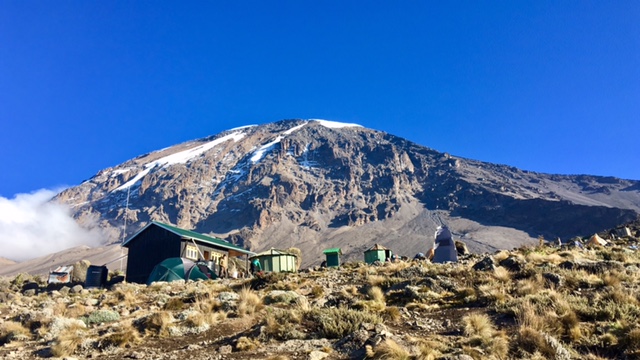
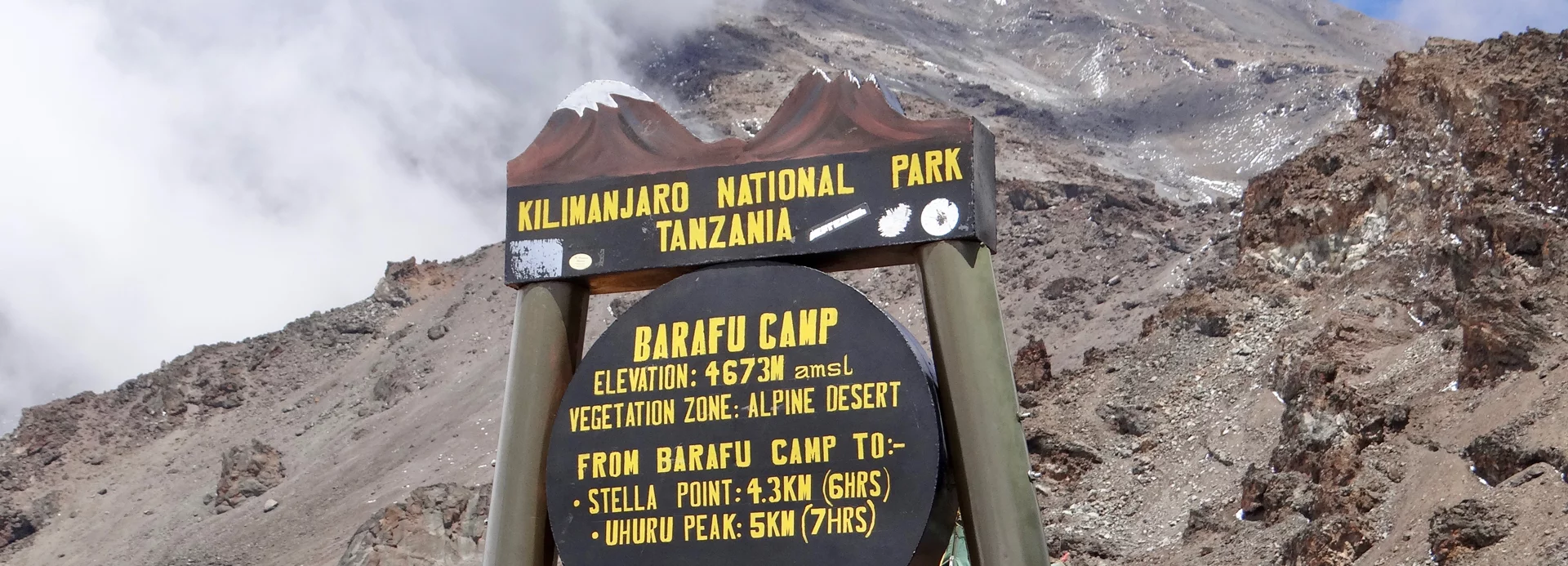
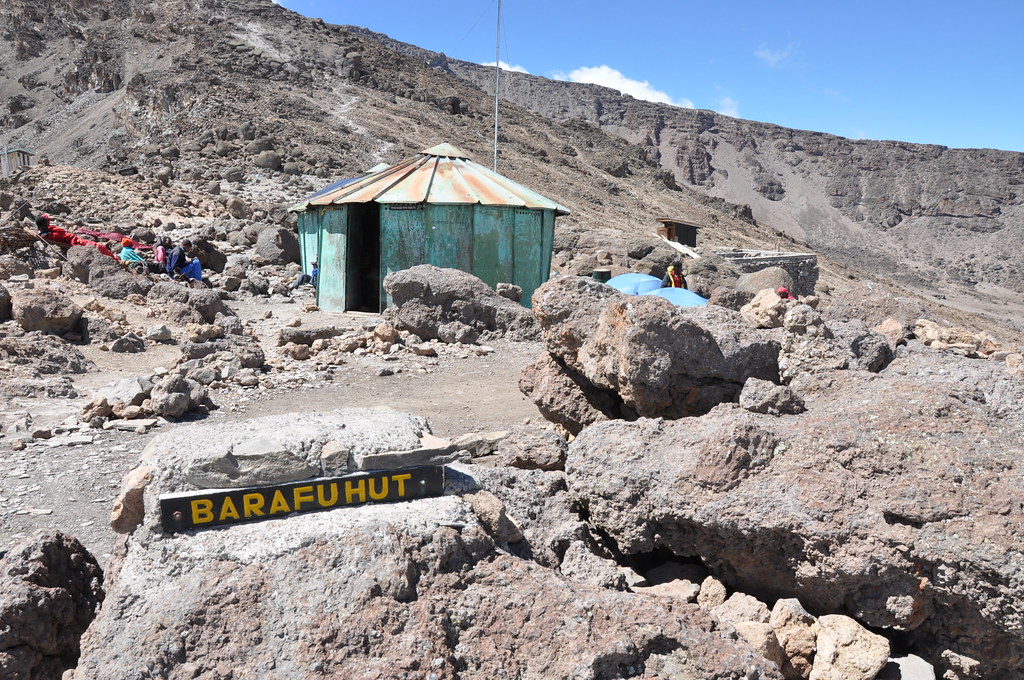
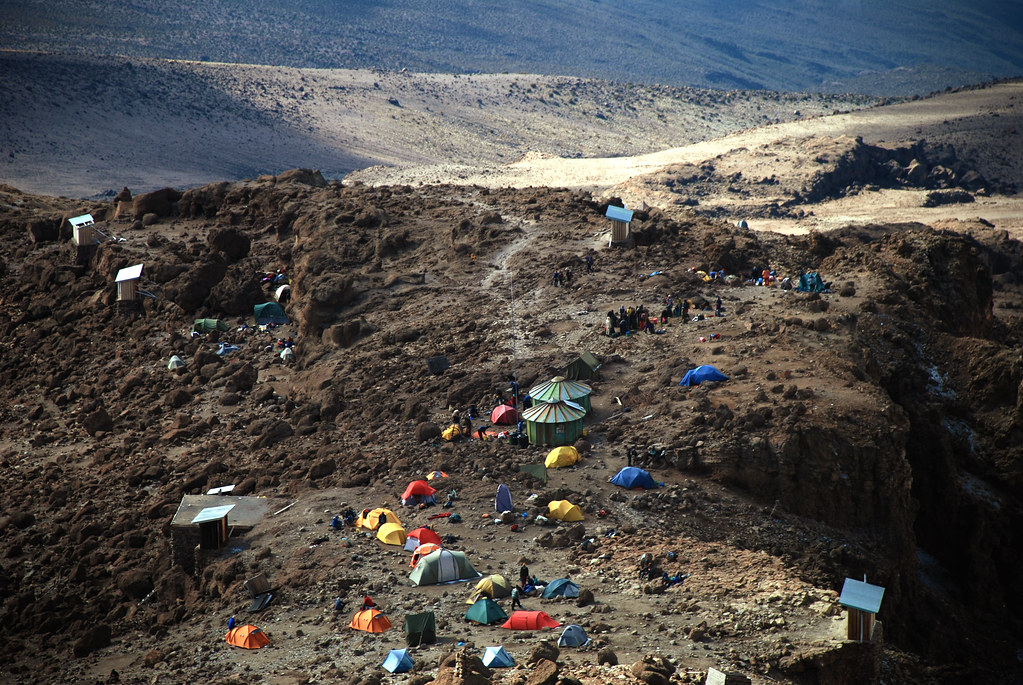
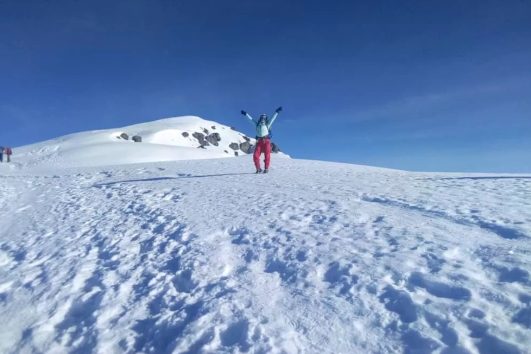
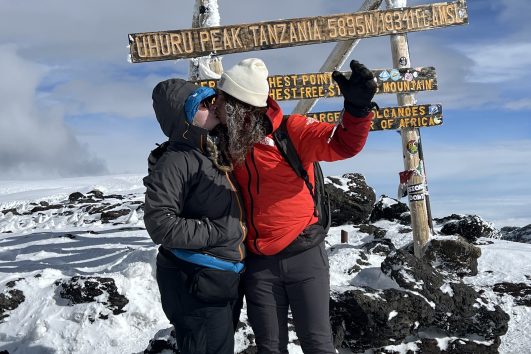
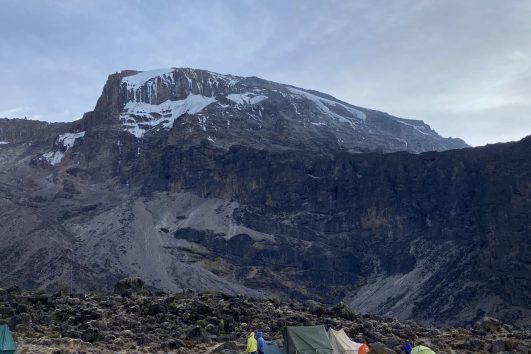
Tour Reviews
There are no reviews yet.
Leave a Review